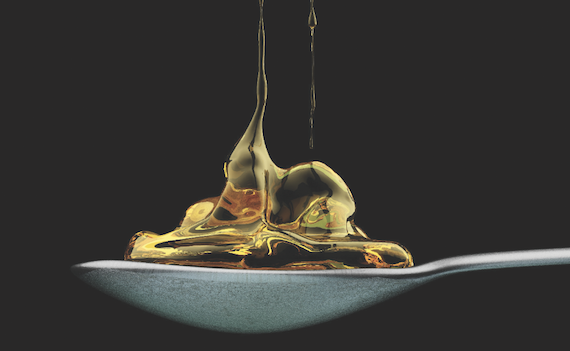But top bartenders do also recognise a time for a bought-in product. Trois Rivières sugar syrup is the preference at Artesian. You may recognise the name as that of the Martinique rhum producer – and the syrup comes from the same estate.
Caporale says: “It comes from the first evaporation of the sugar cane process… It has a round flavour in between a neutral result of caster sugar-made syrup and a full-character Demerara syrup. It works well in a cocktail without dominating the taste.”
In San Francisco, Smuggler’s Cove’s Martin Cate also opts for a Martinique syrup – no coincidence that both champion rum behind the bar. “We use our own sugar syrup for most applications, except Ti’Punch where we use a Martinique cane syrup,” he says.
“The syrup from Martinique is from Petit Canne. The Trois Rivières brand is not in the US, but most of the branded cane syrups in Martinique come from two island-based syrup companies.”
As far as making your own syrup goes, Cate says: “We do use heat, but only the minimum needed to achieve a fast dissolve – never letting it boil or linger.”
Thanos Prunarus from Baba Au Rum in Athens also warns against over-heating. “We usually don’t heat our syrups, as heating changes the sugar composition. We always check them with a Brix meter and the only syrup we heat a bit is cinnamon syrup. It works great when using a vacuum to heat it in.”
Prunarus’s most recent invention includes Fassionola syrup, made together with Ben Reed (for Reed’s rum masterclasses in Greece). According to Prunarus, Fassionola is an old forgotten tiki era ingredient and he describes it as a “thick, very tasty syrup, with an orangey taste, passion fruit and cherry”.
“The batch we made was so tasty that more than 20 bartenders and bars all over Greece asked for the recipe!”
But Prunarus is not afraid to admit defeat when it comes to certain flavours. And this is where the big producers have room to grow in top bars.
He says: “We make all of our syrups ourselves except orgeat. We did not manage to make a better orgeat syrup than the Monin one, which works great in classics like the Mai Tai, for example.”
For the syrup producers, the trick is finding the balance between making money from selling scale and appealing to bartenders who look more and more for provenance and artisanal ingredients.
There is definitely something to be said for consistency. If you’re making your own, you don’t have the buying power to ensure ingredients are of a consistent quality.
King describes Funkin as having a “significant sourcing operation”. In the same way that larger-volume gin brands get the pick of the juniper harvest, King is also able to source to a tight specification. “We have a particularly great source for our root ginger in Chile, for example. There is a trend around delicate flavours – like tea – and it’s hard to get that kind of consistency behind the bar.”
He says there is also a trend for “nostalgic, forgotten ingredients”, giving way to the launch of 100% natural rhubarb. “We have an NPD [new product development] cupboard full of ideas,” he teases.
Paper, perhaps?




